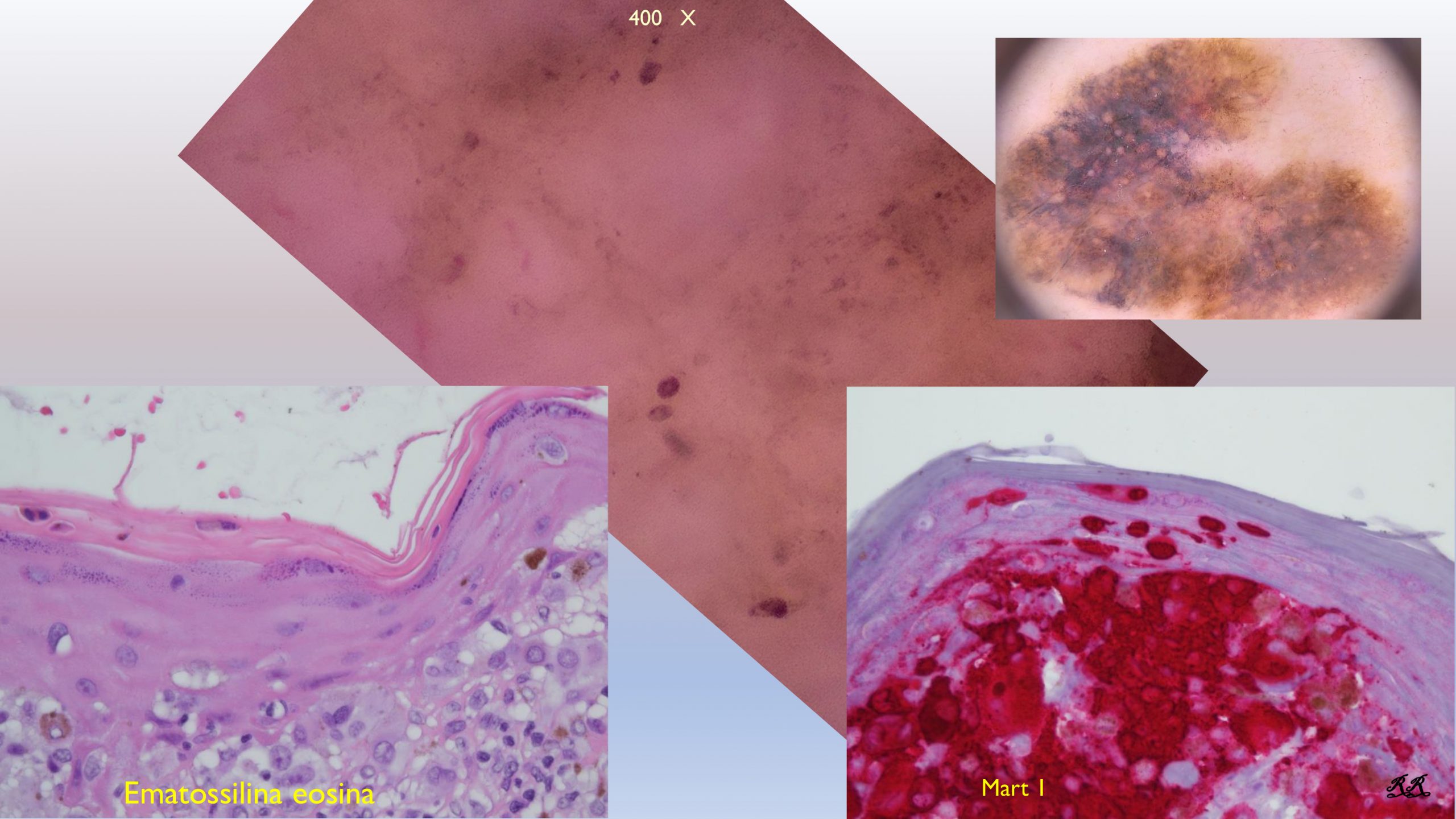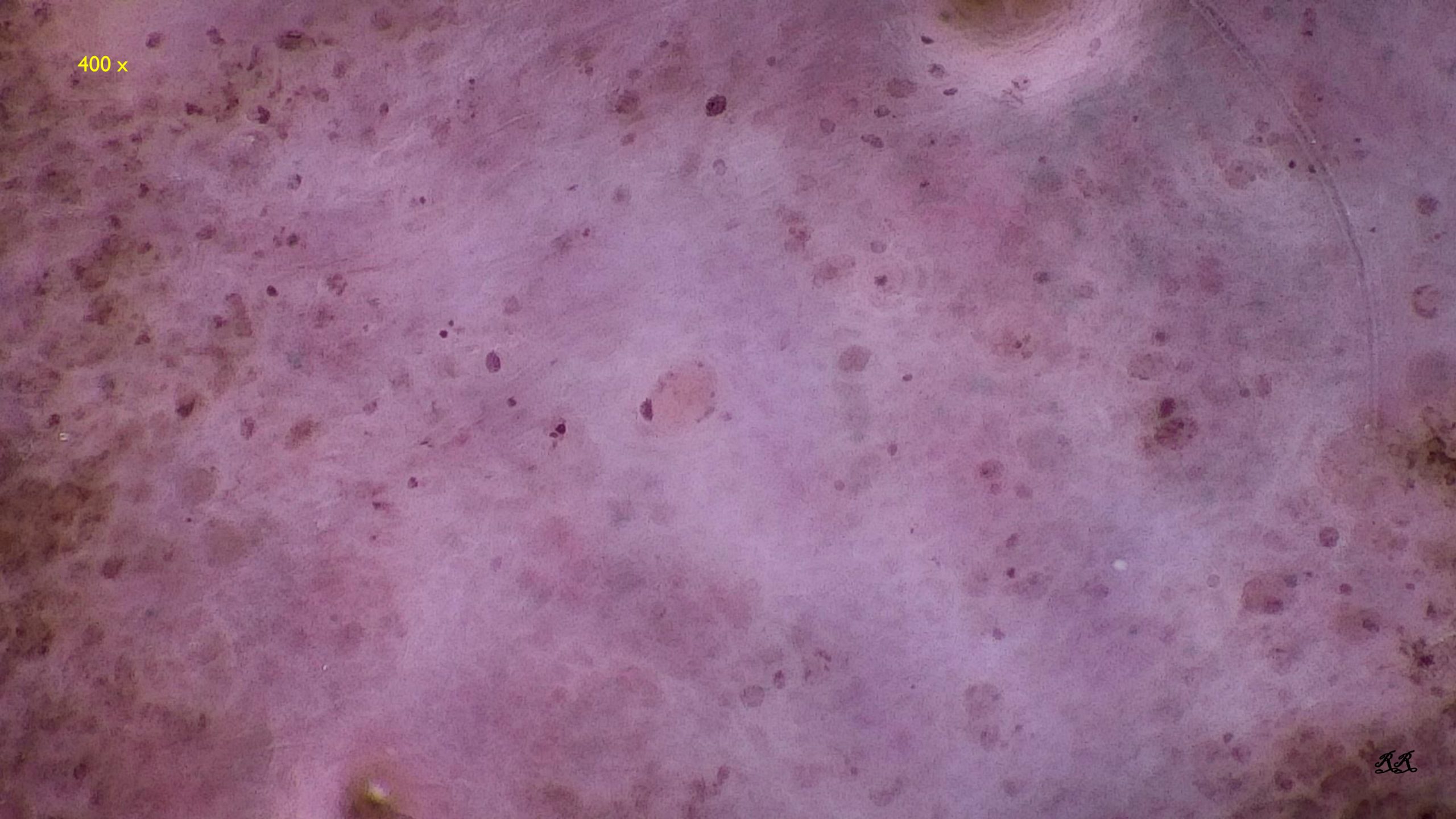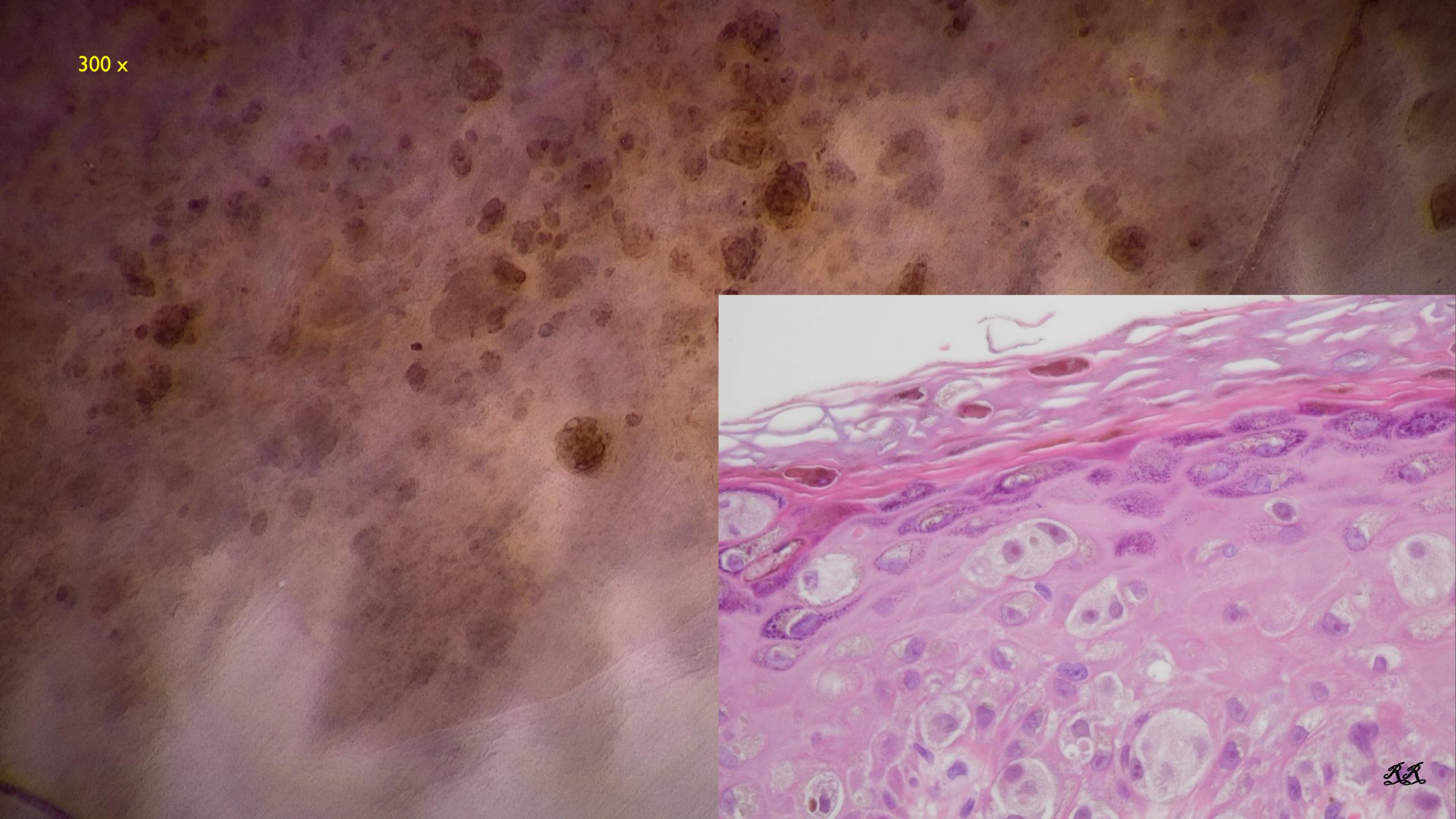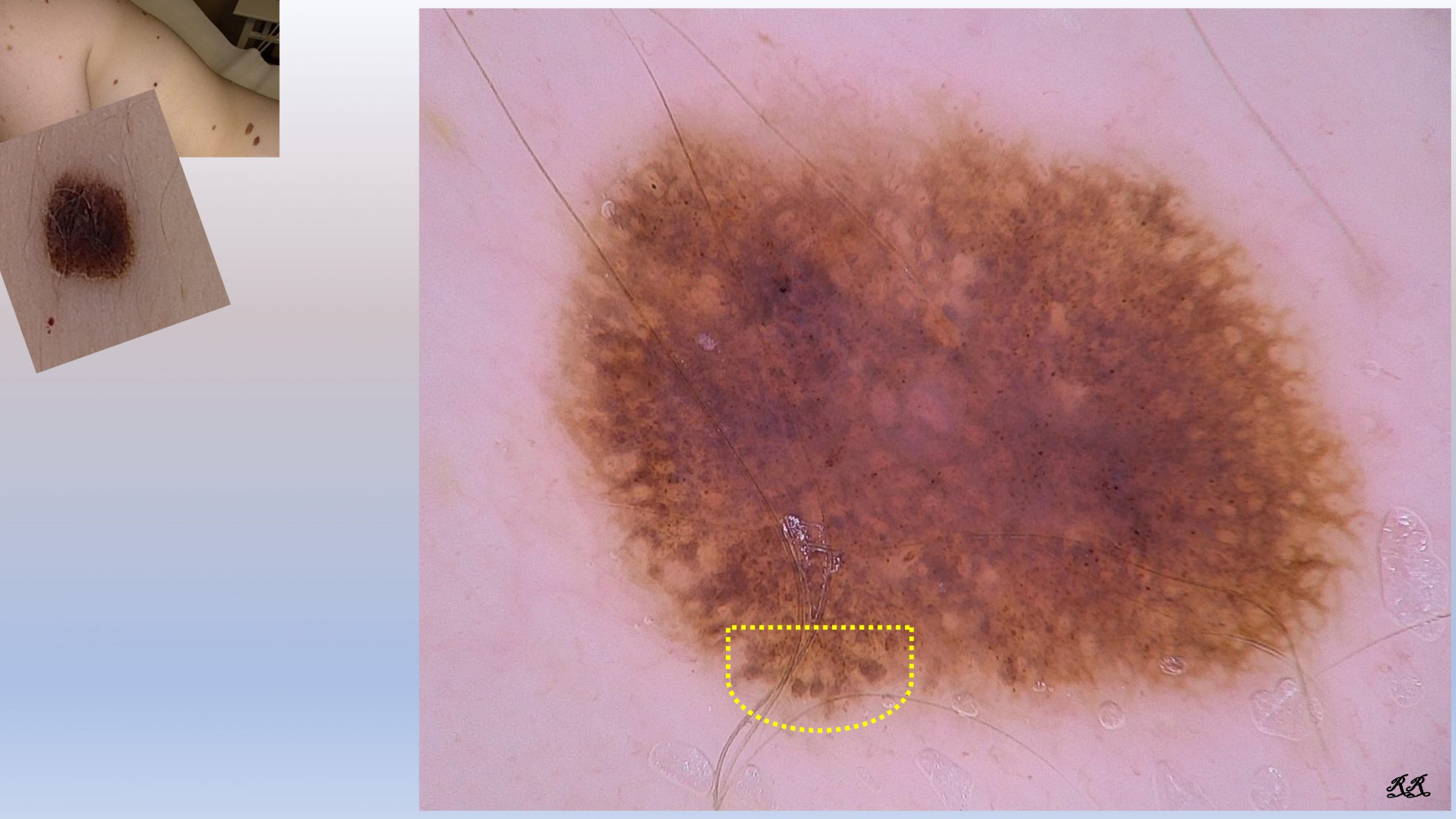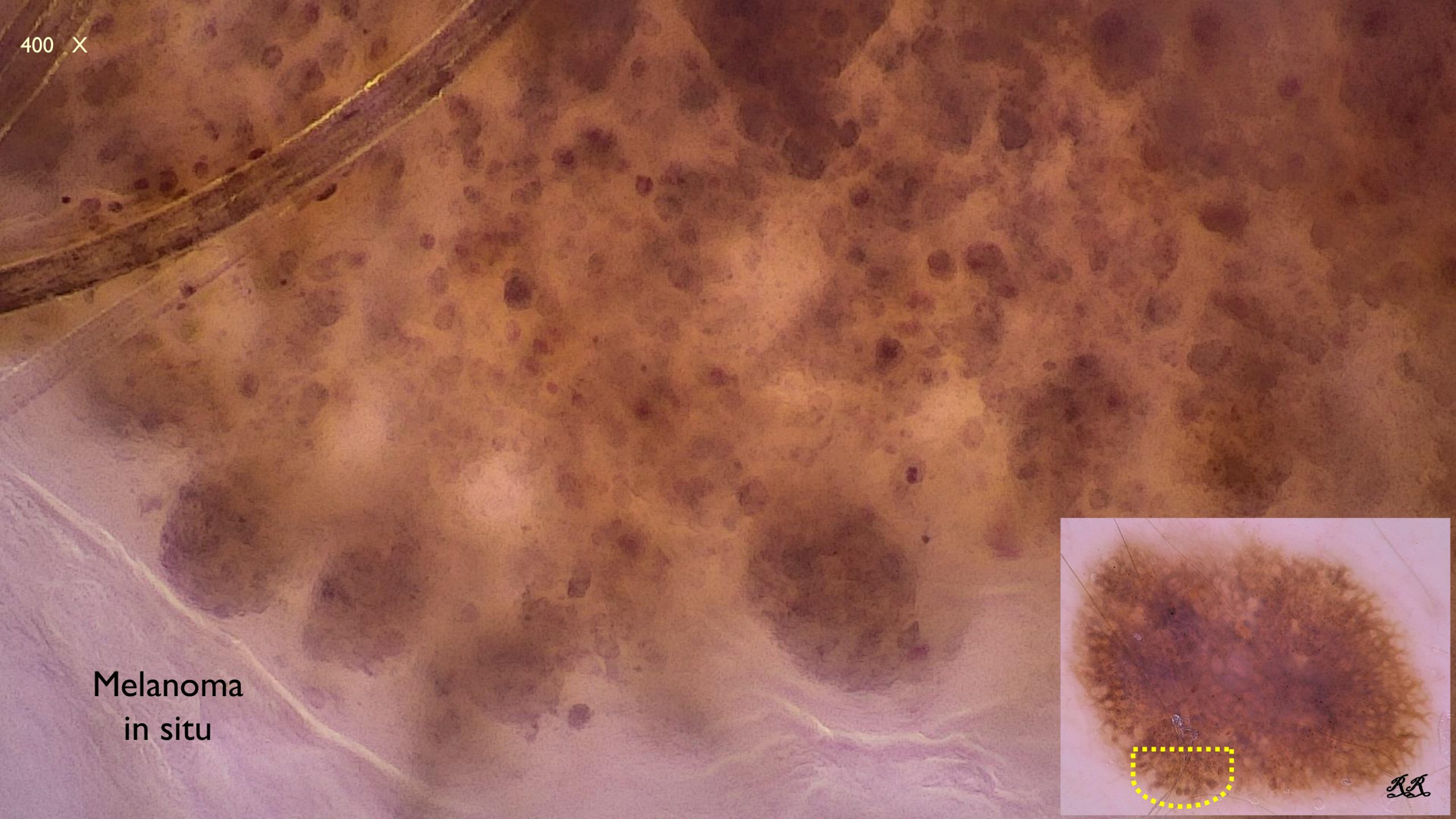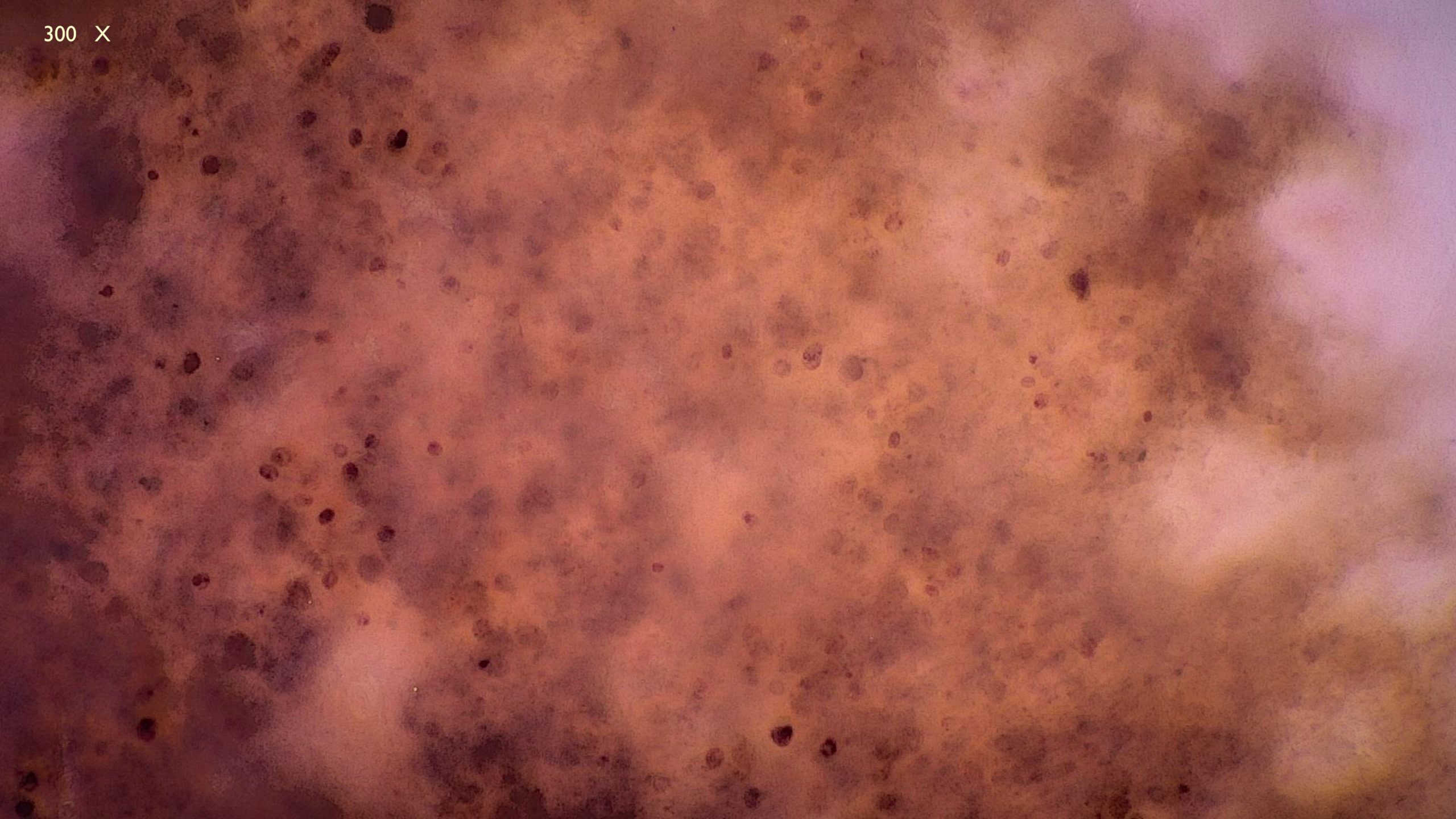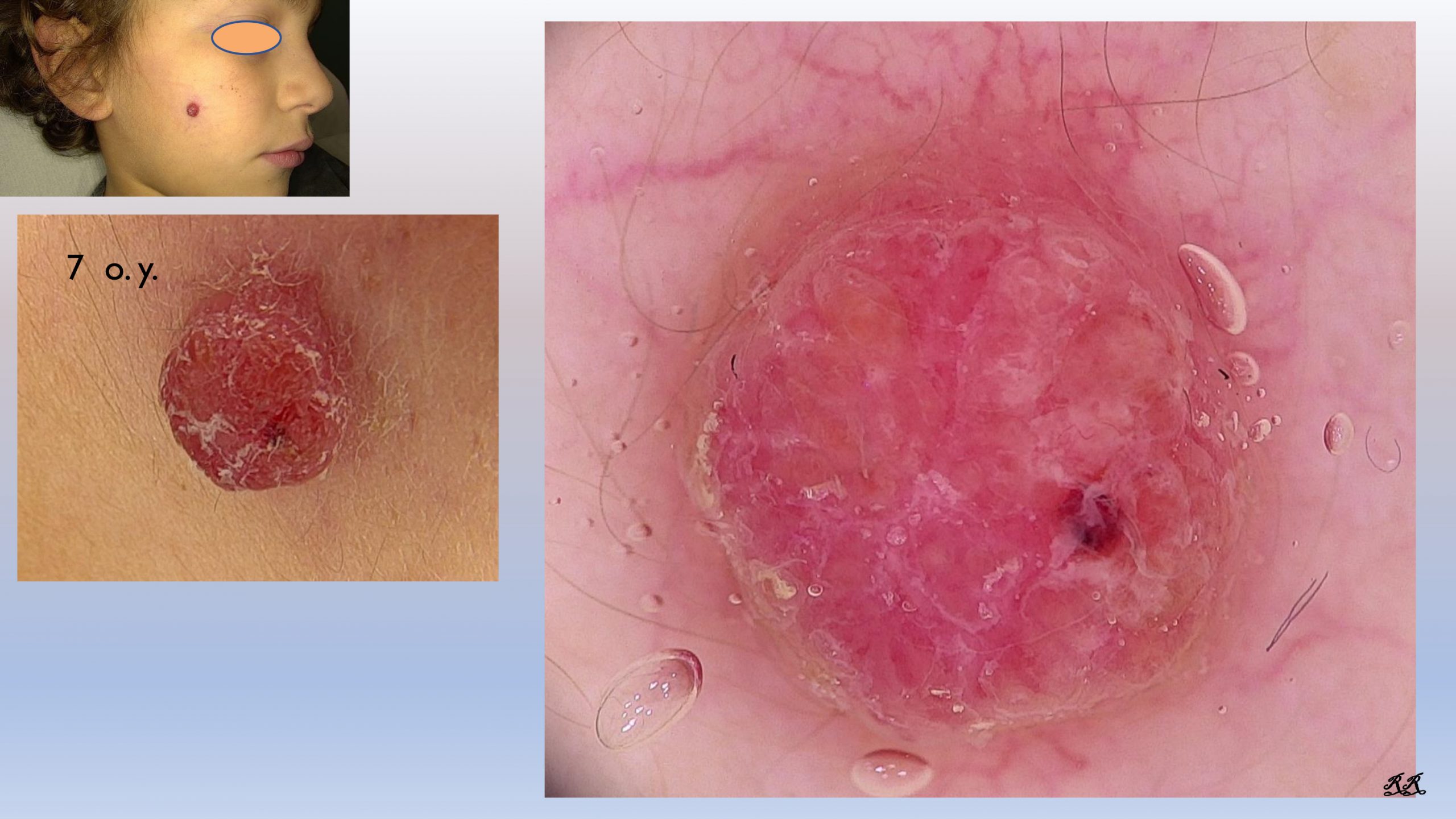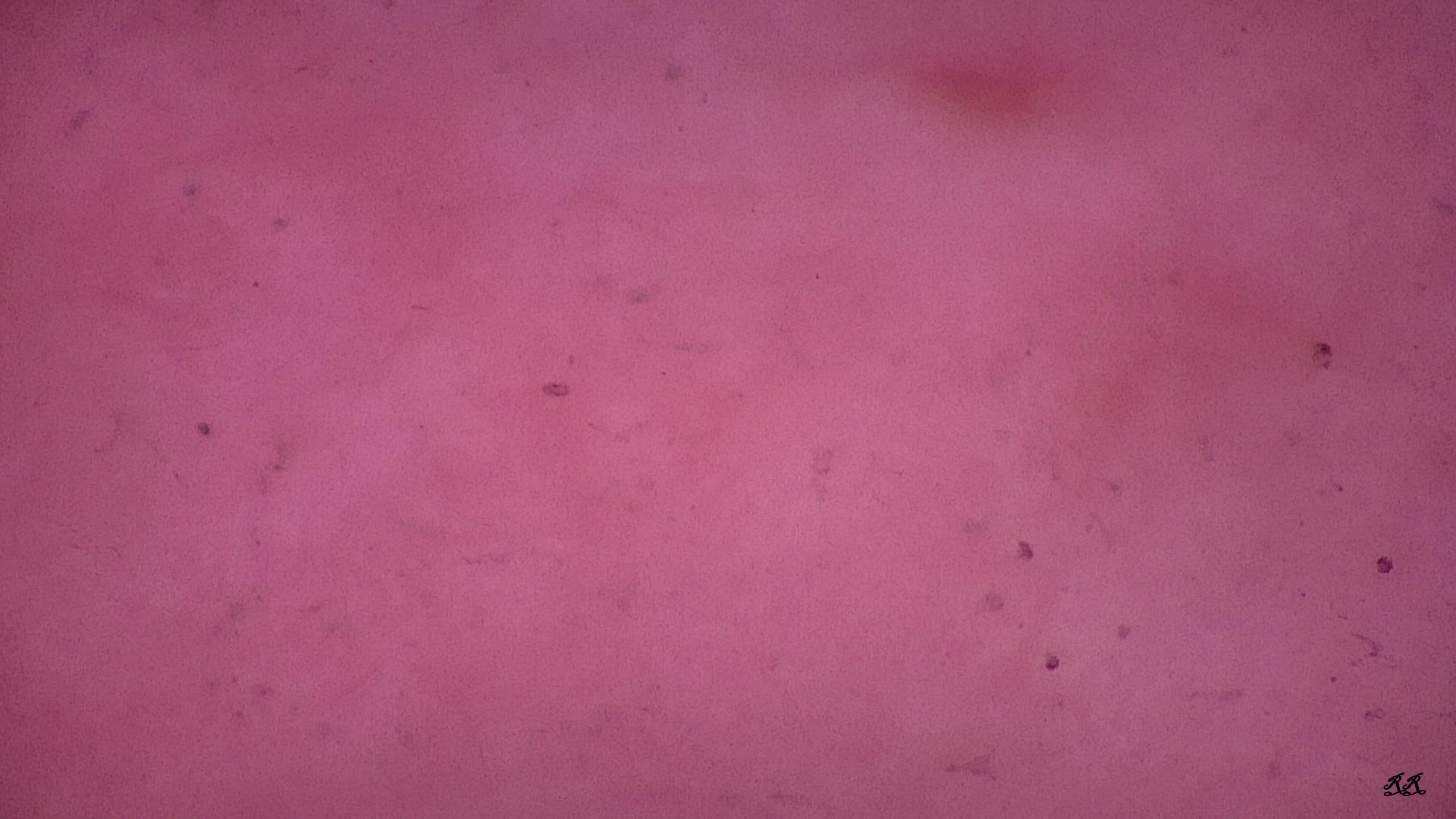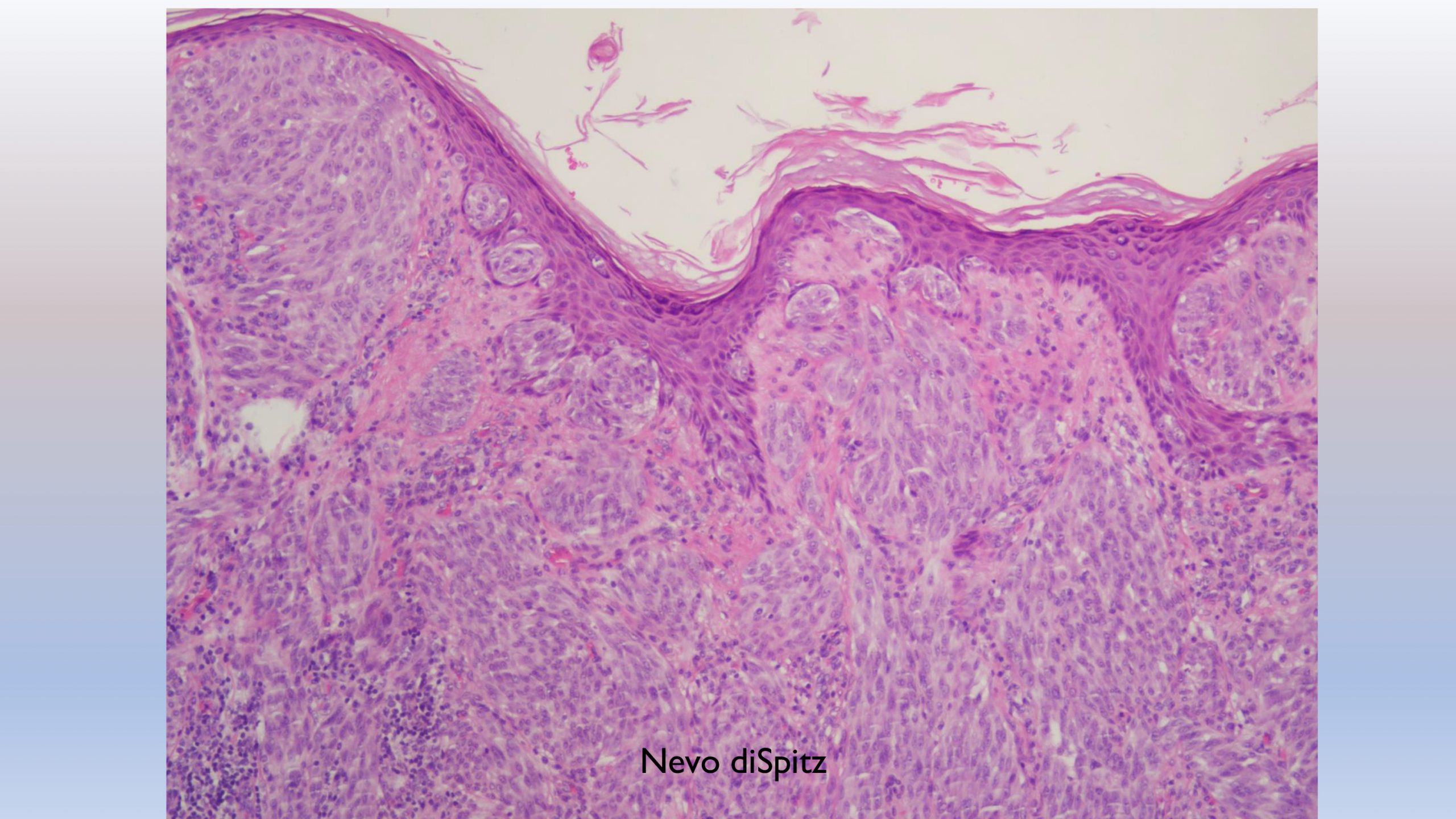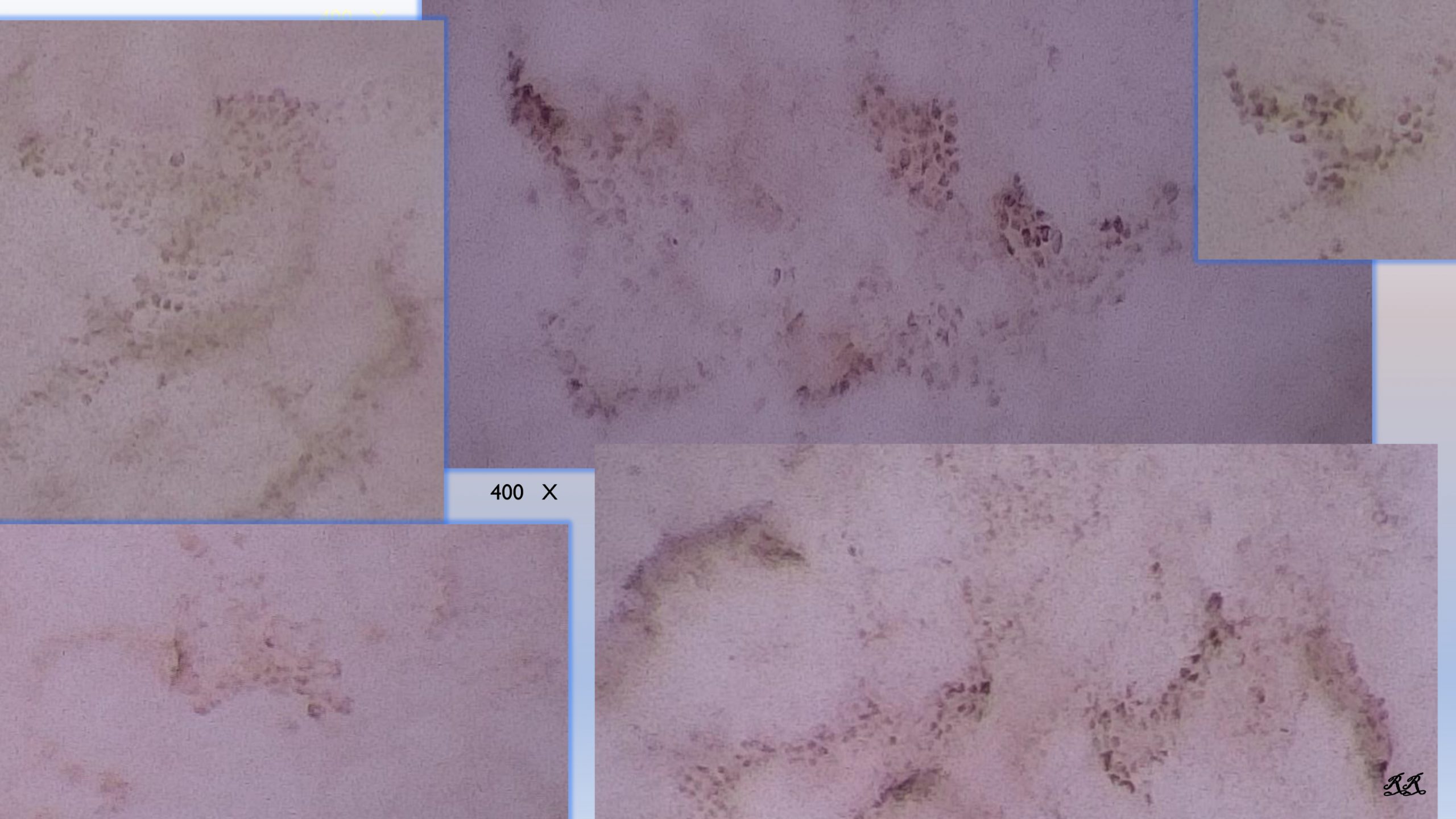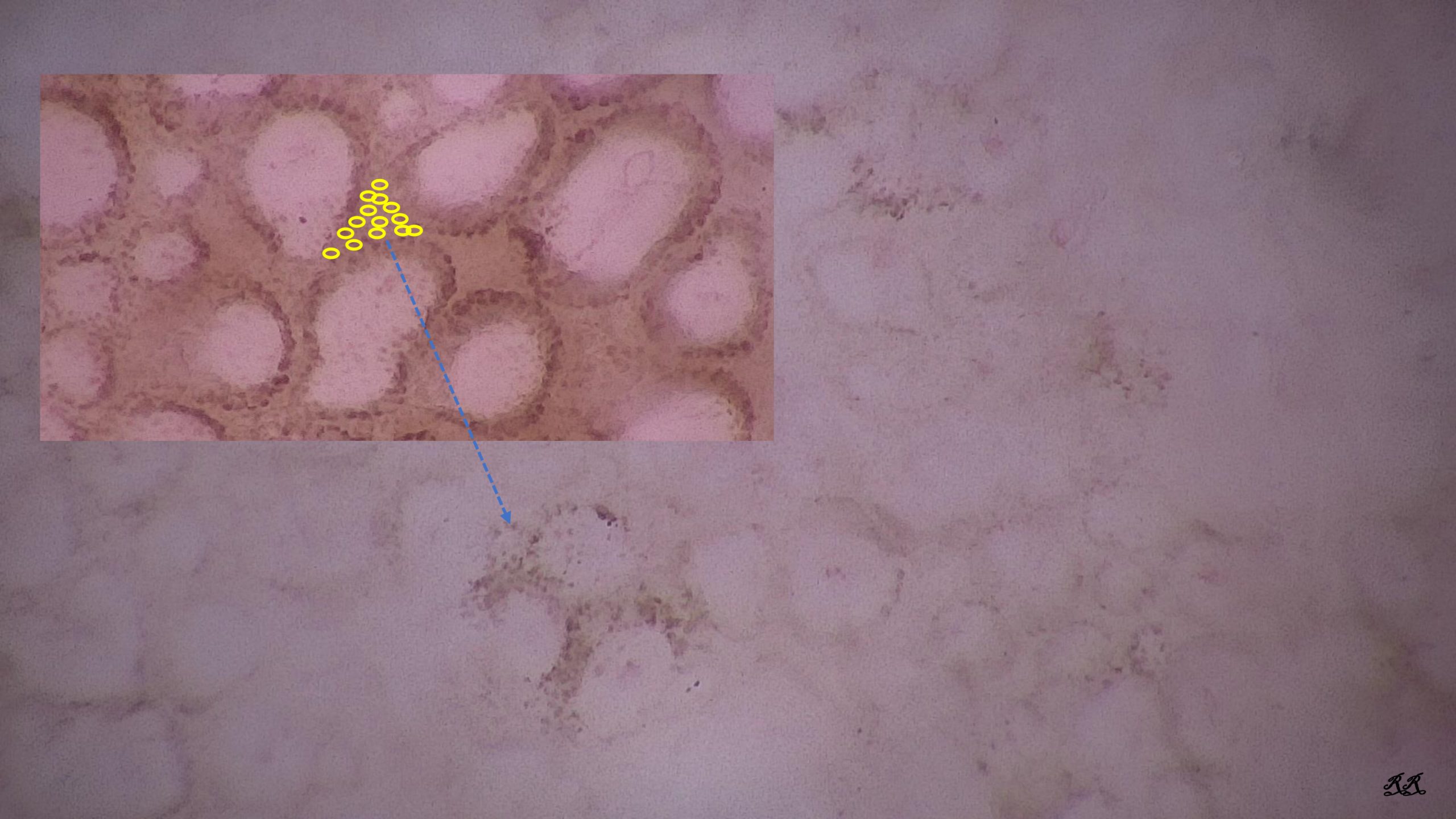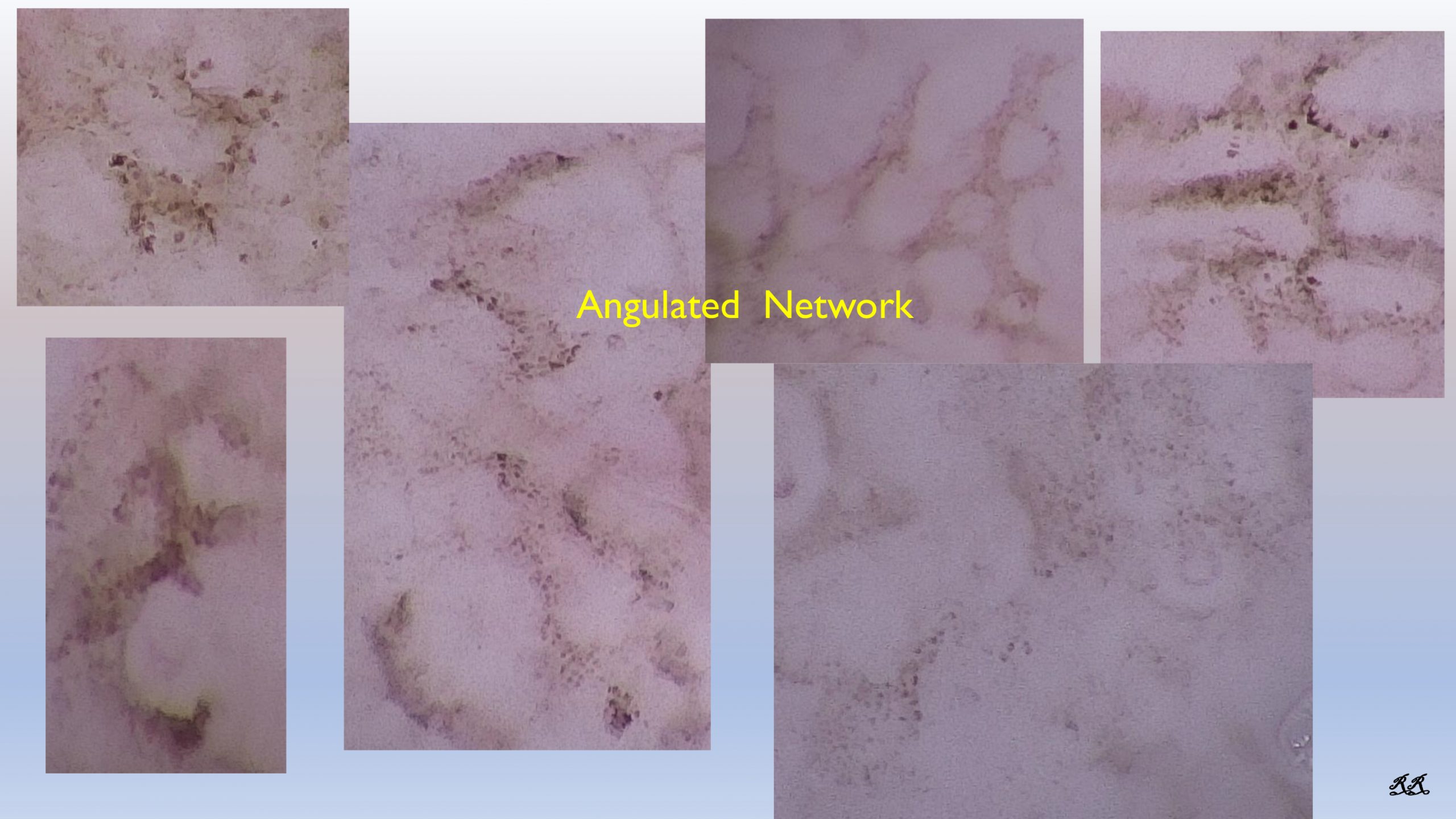O.S.H.M.D. - SECOND PART
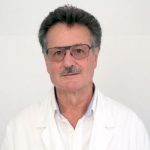 The dermatologist Renato Rossi, in exclusive for Isplad, illustrates the advantages and peculiarities of demoscopy from 170 to 400 x or Optical Super High Magnification Dermoscopy (O.S.H.M.D.), with an extensive photographic kit.
The dermatologist Renato Rossi, in exclusive for Isplad, illustrates the advantages and peculiarities of demoscopy from 170 to 400 x or Optical Super High Magnification Dermoscopy (O.S.H.M.D.), with an extensive photographic kit.
Here it is the second of three articles, all of which will be subsequently published on this site.
By Renato Rossi (click on + to open)
For several years now, in the field of dermatology, the use of dermoscopy has demonstrated to facilitate the clinical recognition of various skin diseases, both of an inflammatory and infectious nature, as well as in the oncological field with the diagnosis of skin cancer.
However, despite the progress in refining image acquisition and in coding them through the research of patterns and criteria, in daily dermoscopic practice, we sometimes find ourselves faced with cases that are difficult to interpret. It becomes so arduous to decide how to manage the lesion and it would be useful to be able to go into more detail to clarify our diagnostic doubts.
At this point, we are offered the possibility of an upgrade. By changing optics and settings, in just ten seconds we are projected into the world of Optical Super High Magnification Dermoscopy (O.S.H.M.D). Let us have a look at details and aspects that facilitate and expand the interpretation of conventional images, starting from 170 x, 240 x and 300x and up to 400 x magnification, which allow us to highlight individual cells. The images are obtained from a direct optical view of the lesion and not from the digital multiplication of the conventional image.
In some respects, these images are similar to those that can be acquired with the Confocal Laser. Such images allow us to see a live enlargement close to the histological section of the pathologist.
We can have and in-depth view of the network and of the blood cells: previously unknown details that clarify the atypia such as the heterogeneity of the size of the pathological melanocytes. In the areas of clear regression melanoma, we discover the “angled nests” and the “angulated network,” with melanocytes packed into a subverted epidermal tissue
architecture. Finally, the “cellular spread” with the dispersion of melanocytes is enough for us to understand the it is melanoma.
These are some just some examples of the new patterns in high magnification resulting from the study of thousands of images confirmed by the comparison with the histological images by the dermopathologist Gerardo Ferrara.
The goal is to start forming a new dermoscopic iconography in our mind that integrates with the conventional one and that helps to improve our diagnostic skills.
Here is a series of images that open up the different perspectives of use of the 400x dermoscopy.
💡 Touch or click the image to enlarge it💡
PHOTO 1: “Cellular spread”: 400x dermoscopy vs Lcf
In this image, Professor Jean Luc Perrot was able to describe the same melanocytes, in the superficial layer of the epidermis of a melanoma in dermoscopy at 400x magnification (left) and the confocal laser (right). melanocytes in the two images.
PHOTO 2: “Cellular spread”: 400x dermoscopy vs histology
The histological images of this melanoma confirm the presence of melanocytes, which we observe at 400x, migrated in the epidermis up to the stratum corneum.
PHOTO 3, 4 ,5 : Massive “Cellular spread”
As confirmed by the dermopathologist Gerardo Ferrara, in this melanoma there is a massive migration of melanocytes into the epidermis.
PHOTO 3,4 ,5 : Massive “Cellular spread”
As confirmed by the dermopathologist Gerardo Ferrara, in this melanoma there is a massive migration of melanocytes into the epidermis.
PHOTO 3, 4 ,5 : Massive “Cellular spread”
As confirmed by the dermopathologist Gerardo Ferrara, in this melanoma there is a massive migration of melanocytes into the epidermis.
PHOTO 6,7,8: Contribution of the “Cellular spread” for the diagnosis
In this nevus we notice strange globules at 7 to 50x. Passing to the 2nd dermoscopic step at 400x magnification we are faced with a surprise: carpet of pleomorphic melanocytes, isolated or grouped in nests distributed throughout the lesion. This leads us to the diagnosis of melanoma.
PHOTO 6,7,8: Contribution of the “Cellular spread” for the diagnosis
In this nevus we notice strange globules at 7 to 50x. Passing to the 2nd dermoscopic step at 400x magnification we are faced with a surprise: carpet of pleomorphic melanocytes, isolated or grouped in nests distributed throughout the lesion. This leads us to the diagnosis of melanoma.
PHOTO 6,7,8: Contribution of the “Cellular spread” for the diagnosis
In this nevus we notice strange globules at 7 to 50x. Passing to the 2nd dermoscopic step at 400x magnification we are faced with a surprise: carpet of pleomorphic melanocytes, isolated or grouped in nests distributed throughout the lesion. This leads us to the diagnosis of melanoma.
PHOTO 9: red vegetative lesion with absence of melanocytic patterns
In this nodule, at 20 x magnification, we do not see aspects that allow us to define whether it is a melanocytic lesion.
PHOTO 10: cell spread
At 400x magnification, the finding of melanocytes in the superficial layers excludes the diagnosis of pyogenic granuloma and directs us towards a diagnosis of a melanocytic lesion.
PHOTO 12: Clear regression area
The clear regression area in conventional dermoscopy is defined as an area without structure: this is true at 20x but not for the O.S.H.M.D.
PHOTO 13: “Angled nests”
Observing at 400x within the clear regression area we find melanocytes grouped to form angled structures: the “Angled nests.”
PHOTO 14: “Angled nests”
Probably the angled structure is due to the proliferation of “narrow” melanocytes in the interpapillary crests. Angled nests, on the other hand, are absent in the regression areas of the nevus.
PHOTO 15: “angulated network”
Still in the clear regression areas of melanoma, at 400x, reticulum residues can be identified whose lines are fragmented, “pointed.”



